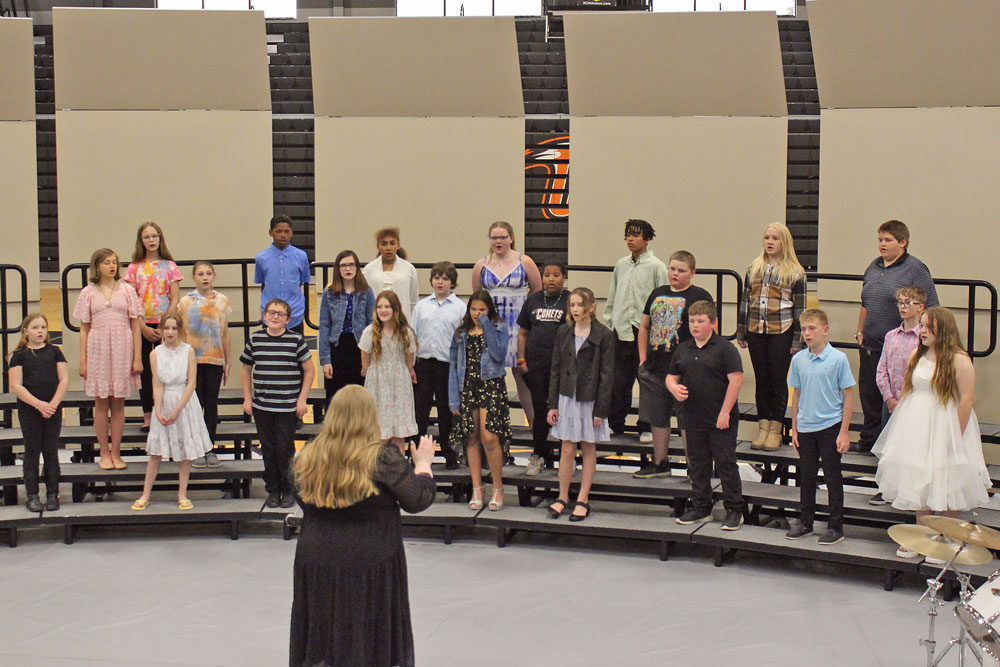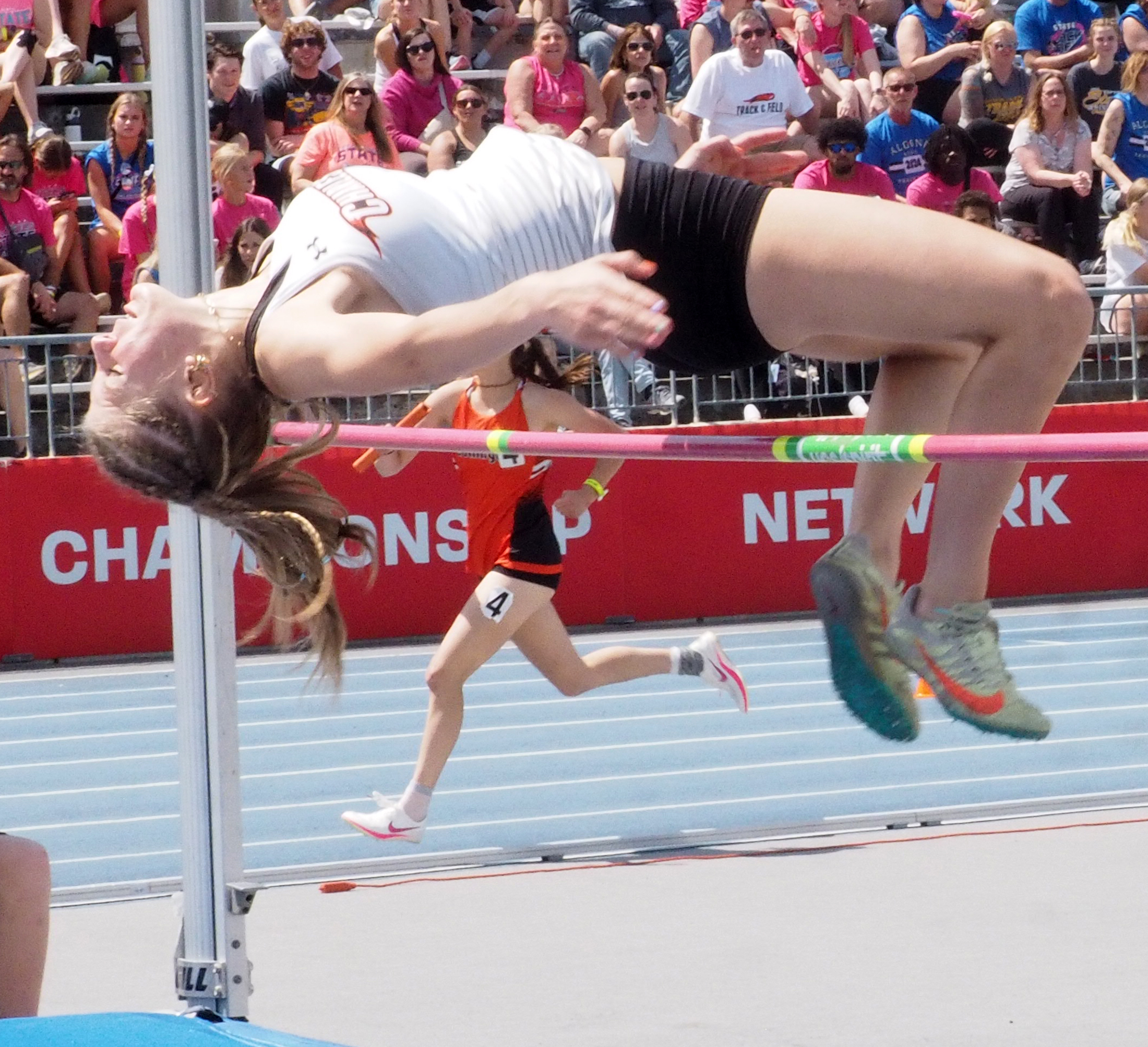Despite tough planting season, corn ‘knee high’ or better
By James Grob, jgrob@charlescitypress.com
Yes, the corn is indeed “knee high by the fourth of July.”
The crop outlook is also a lot better than it was a month ago.
“We were fortunate enough to have the weather settle down and behave itself,” said Terry Basol, field agronomist and crop specialist for Iowa State University Extension and Outreach, who works out of Nashua. “Growers were able to get the rest of their corn planted and get all of their soybeans put in the ground.”
Earlier in the season, it looked like that might not be the case. Due to one of the wettest springs on record, farmers were scrambling to get their corn planted, and continued rain and perpetual wet field conditions were forcing farmers to consider other options.
In the first week of June, the USDA reported that planting was three weeks behind the five-year average, the smallest percentage planted since 1982.
“I’ve basically been involved in agriculture my entire life, in one respect or another,” Basol said at that time. “It’s one of the toughest years I’ve seen for getting things planted in a timely basis.”
One month later, most growers are done with their field operations and they’ve finished their herbicide applications, Basol said. Some isolated pockets in the area ended up with some prevent planning acres, but those are few and far between.
“Everybody got pretty much everything in, which was great,” he said. “I’m just glad that it’s looking a lot better than it did in April and May.”
According to the Iowa Crop Progress and Condition report released this week by the USDA National Agricultural Statistics Service, corn condition improved to 64% good to excellent. Soybean planting has nearly finished with 97 percent of the expected soybean crop planted. Ninety percent of the crop has emerged, two weeks behind the 5-year average, and 1% has started to bloom. Soybean condition rated 64% good to excellent, an improvement from last week.
“The much needed warmer temperatures have helped the crops progress,” said Iowa Secretary of Agriculture Mike Naig. “Some parts of the state had below-average rainfall over the last seven days, but sub-soil moisture is still adequate for the crops to grow.”
Topsoil moisture condition was rated 0 percent very short, 2 percent short, 74 percent adequate and 24 percent surplus. Subsoil moisture condition was rated 0 percent very short, 1 percent short, 69 percent adequate and 30 percent surplus.
Basol said that recent weather conditions have definitely helped area farmers.
Iowa Department of Agriculture climatologist Justin Glisan said dry conditions were reported across a majority of the state with locations across northern Iowa observing above average rainfall and west-central Iowa experienced rainfall deficits of more than an inch below normal. Unseasonable warmness also returned to the state over the last week with the average temperature 2.5 degrees above the normal of 73 degrees.
“Our heat units have definitely helped push the maturity of the corn, and that’s been kind of a godsend,” he said. “We have long way to go, but at least we’ve been able to gain some headway. Growers have been able, for the most part, to get their herbicide applications taken care of.”
Weather conditions will play a big role for farmers the rest of the summer and into the fall, Basol said. Growers will need some stability.
“The best case would be the weather would be not too hot, but hot enough to give both the corn and soybeans enough heat units to keep it growing,” said Basol, who added that he hopes there isn’t an over-abundance of precipitation. “We’ve got enough moisture in our soil profile now to sustain it.”
Basol said bad weather would be the biggest setback, with severe thunderstorms, lightning, hail and high winds.
“We’ve finally got everything where we want it, for the most part, so the last thing we want is a bad storm or series of storms,” he said. “A little shower coming through on a hot day wouldn’t hurt it at all, but we don’t want too much.”
Basol said that corn growth is at a wide range of stages, depending on when it was planted.
“We’ve got some corn that’s already at canopy closure,” he said. “Some of the early-planted fields are looking about knee high or even a little bit taller.
“The next thing would be going out over the next three weeks and taking a look at rootworm,” Basol said. “If there’s any root feeding going on, that can be found now in the field. That’s a normal situation. Overall, we’re looking pretty good right now.”









Social Share